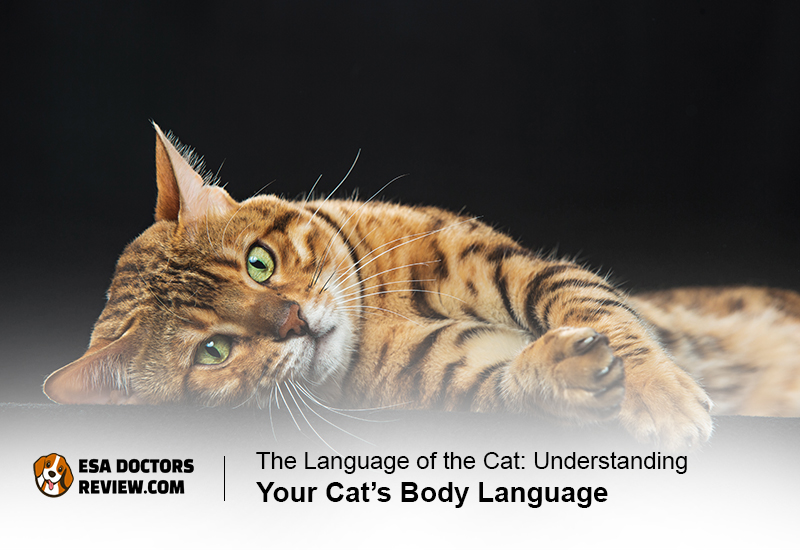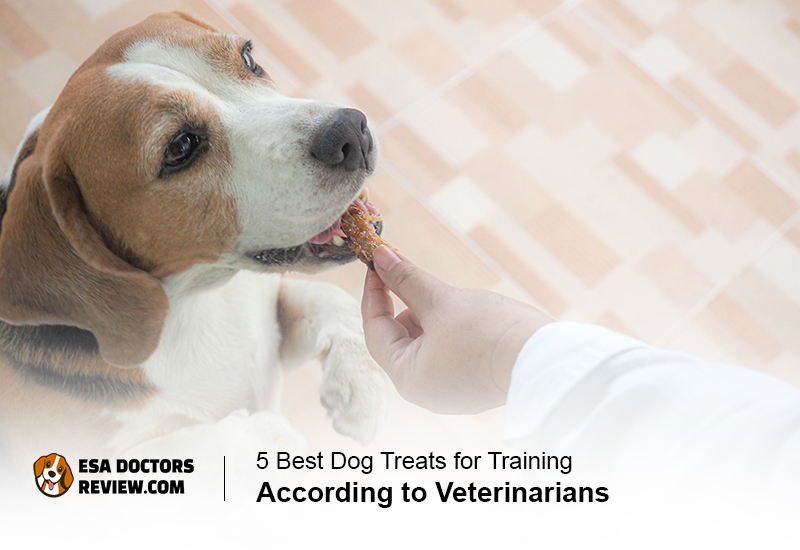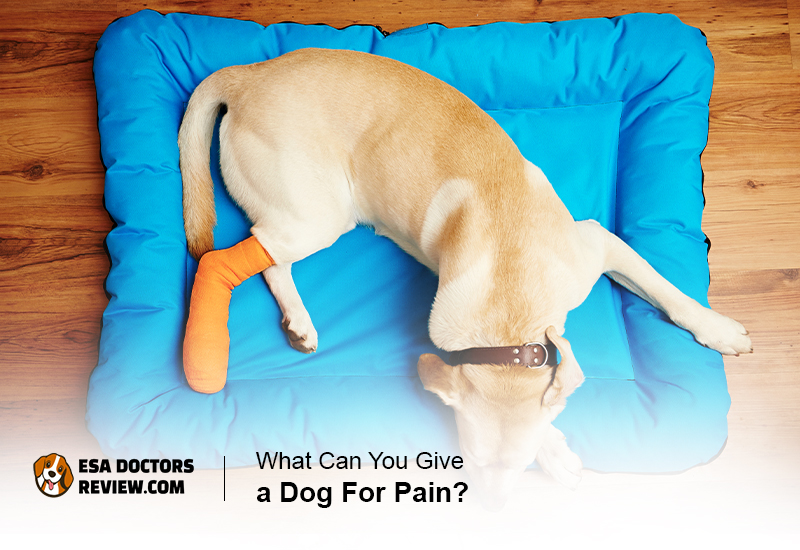Cats make for great companions. Petting a cat can be so comforting, which is one of the reasons why cats make for excellent emotional support animals. These feline creatures are also very easy to look after, which removes any maintenance-related stress.
Click below to read reviews about authentic ESA Letter providers!
Contrary to what you may have heard, cats are anything but aloof. They may be quiet and less vocal than dogs, but cats are great conversationalists if you can understand how and what they are communicating.
Unless you have some special powers that allow you to decipher your cat’s sweet and adorable meows, the key to communication with your cat is in understanding the body language. Fortunately, learning and mastering feline communication is quite easy. Master this and you can enjoy an even deeper bond and relationship with your cat.
What does cat body language mean? How do you tell if your cat loves you? What does it mean when your cat puts his paw on you? These are no doubt some of the questions you may have. In this blog, we will highlight what you should know about communicating with your cat.
What Does A Cat Body Language Mean?
A cat’s body language comprises of both the subtle and the hard-to-miss. Again, keep in mind that the meaning of a specific body language may vary depending on the context. Take, for example, the high tail. Your cat may lift its tail high up in the air when it is feeling confident comfortable and open to interactions. However, the high tail, in a different context, such as when a stranger cat comes into your cat’s territory, is an indication of its willingness and readiness to attack.
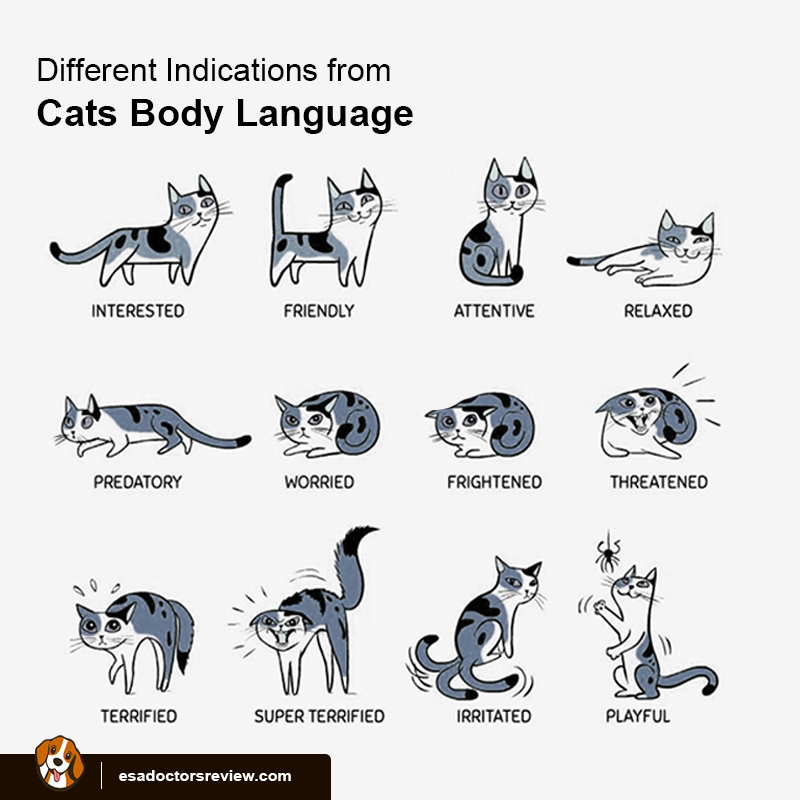
That said here is a look at the 3 major areas of interest vis-a-vis cat body language.
Reading the Eyes and Ears
If your cat is sending slow blinks your way, you have every reason to smile. These blinks are the equivalent of kisses, and it’s your cat’s way of saying they love you.
Dilated pupils are a sign of excitement. You need to be aware of the context and other gestures to know if its playful excitement, or the kind that comes with being scared. Constricted, or slit pupils, on the other hand, are your cat’s way of communicating their annoyance. You may want to take that as a sign to give your cat a treat.
With ears, they will be slightly forward if your cat is feeling playful or curious. It is true that cats have super hearing, so if you notice your cat’s ears are straight and upright, then you can be sure something has their attention. If the ears are pinned back and flat, which is often accompanied by some growls, then know your cat is angry for whatever reason, or frightened.
Read reviews on ESA clinics and avoid getting scammed!
Body Shape and Posture
If your cat is feeling frightened, or angry, they will try to make themselves big in various ways. It is a form of defense. For example, your cat may put its back all the way up when it is ready for a confrontation. With the back arched this way, your cat’s hairs will often stand up, making it look even bigger and more intimidating.
If your cat stretches out on its back, with its belly exposed, it’s a show that it’s not feeling threatened, and open to interactions. On the other hand, if your cat rolls into a ball, then it’s a clear pointer that it is not open to advances. Similarly, when your cat is feeling anxious or frightful, it will tend to crouch down.
You can also tell a lot from your cat’s body orientation. If your cat is standing sideways to you or crouched down, it may be because they are considering escape. If your cat has their body and head pointed towards you, it’s because they are interested and receptive to you.
Watch the Tail
Cats communicate most with their tail. You, therefore, need to be on the lookout for the tell-tails.
Your cat wagging its tail at you is often because the cat is frustrated with you. If you are trying to pet your cat and it wags its tail, you may want to stop to avoid scratches. On the other hand, if your cat is only twitching its tail, that is, flicking the tip of its tail, it’s a show of your cat being in a good mood.
If the tail is curved up like a question mark, take it that your cat is ready to play. If your cat’s tail is tucked in between its legs, this is a sign of submission and possibly anxiety.
As mentioned, the puffed-up tail is not among the positive tail-tells. It shows that your cat is feeling terrified, and may start to hiss and growl in preparation for an attack.
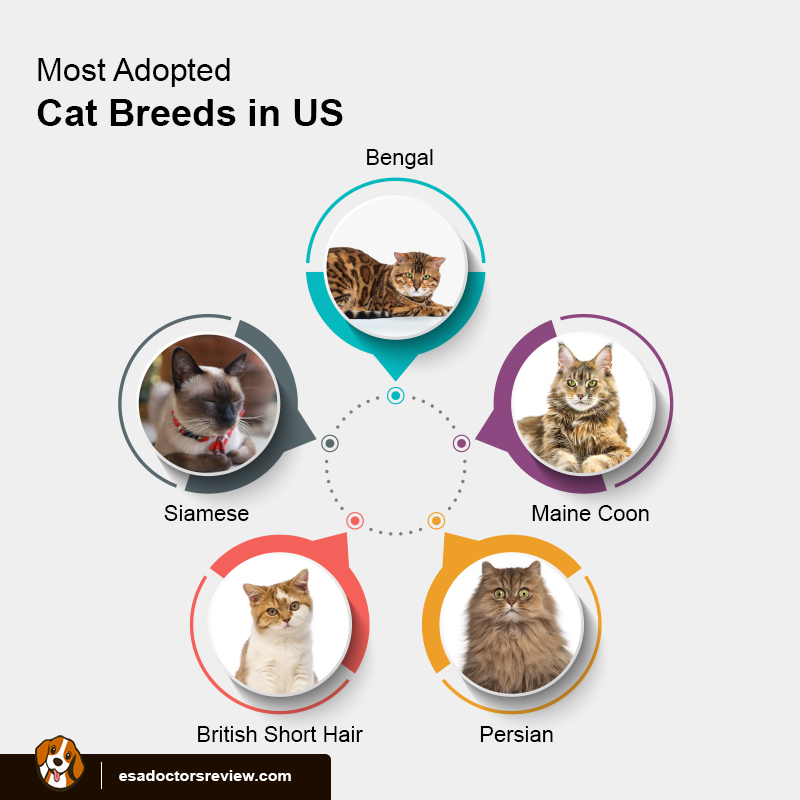
How Do You Tell Your Cat Loves You?
Cats can be quite affectionate and among the ways, you can tell your cat loves you include the following:
- Greets you at the door
- Follows you around
- Stares at you, right into your eyes
- Blinks at you
- Meows and purrs softly at you
- Allows you to stroke and pet them
- Heat-butts you
- Rubs against your legs
- Licks you
- Gently bites or nips at you
- Doesn’t bite you hard
- Kneads your legs
- Touches you with light taps of their paws
- Sits and sleeps on your laps, head, and other body parts
- Shows you their belly
- Brings you little presents
- Curves the tip of their tail for you
Each cat is different, and if you have been observing your cat well enough, you should be able to add it to the list above.
What Does it Mean When a Cat Puts its Paws on You?
Kneading. That’s the proper term for what cats do when they rhythmically push their paws in and out. Because it looks like the cat is kneading dough, this display is commonly referred to as making biscuits.
Cats will knead on just about any soft surface be it a soft blanket, or your body when lying on you. If this happens to you, you should feel great about it.
Why? Kneading is instinctive trait cats carry from when they are little kittens. Kittens paw at their mothers’ tummies while feeding to encourage the letdown of milk from the mother’s teats. If your cat is kneading at you, then it’s a sign that they feel happy, relaxed, and comfortable around you, much like when they were doing the same with their mother.
Still haven’t read reviews about the best ESA clinics? Waste no more time and click on the button below!
Cats also knead as a way to mark territory. On the cat’s paws are scent glands that release pheromones. As your cat pushes its paws in and out, they activate these glands, and the scent serves to mark territory and keep other cats away.
Other reasons for kneading include making a nest and as a demonstration to the male cats that they are ready to mate when they go into heat.
Better Relationship
As with human-to-human relationships, communication is everything in building and strengthening the relationship you have with your cat. Master your cat’s body language and you will know how to respond accordingly and with time, deepen your bond.
Ask the Experts
Find more pointers to improve communication with your furry feline by talking to the real and experienced pet doctors. Get in touch for more details, and read our reviews of ESA clinics.


